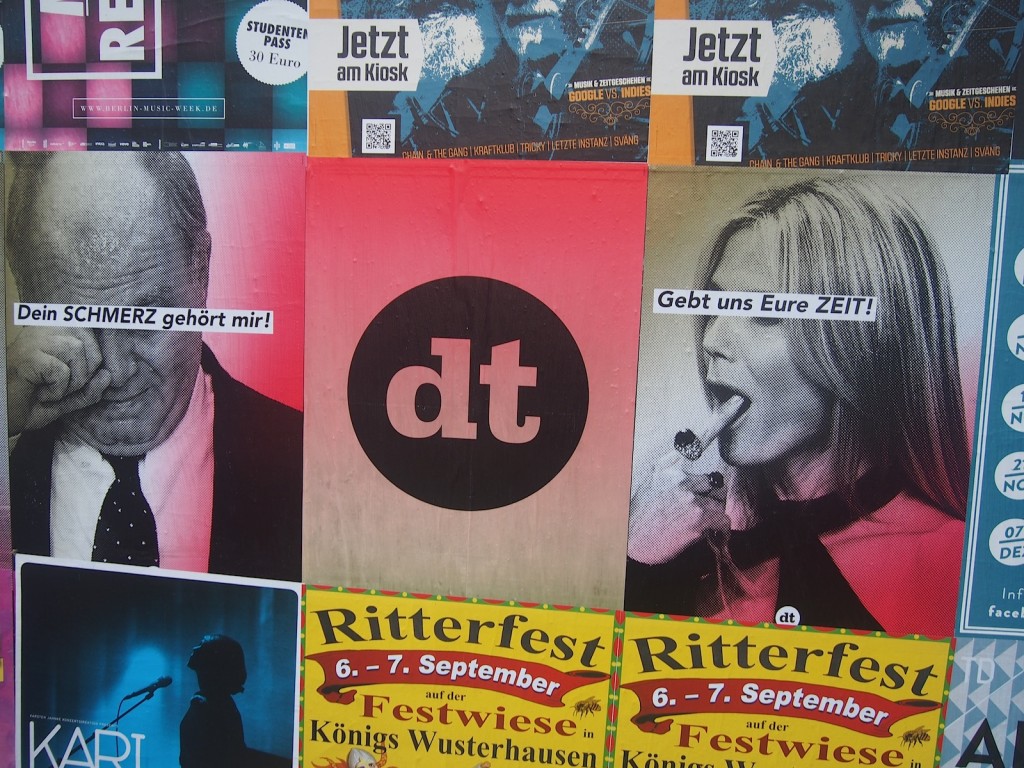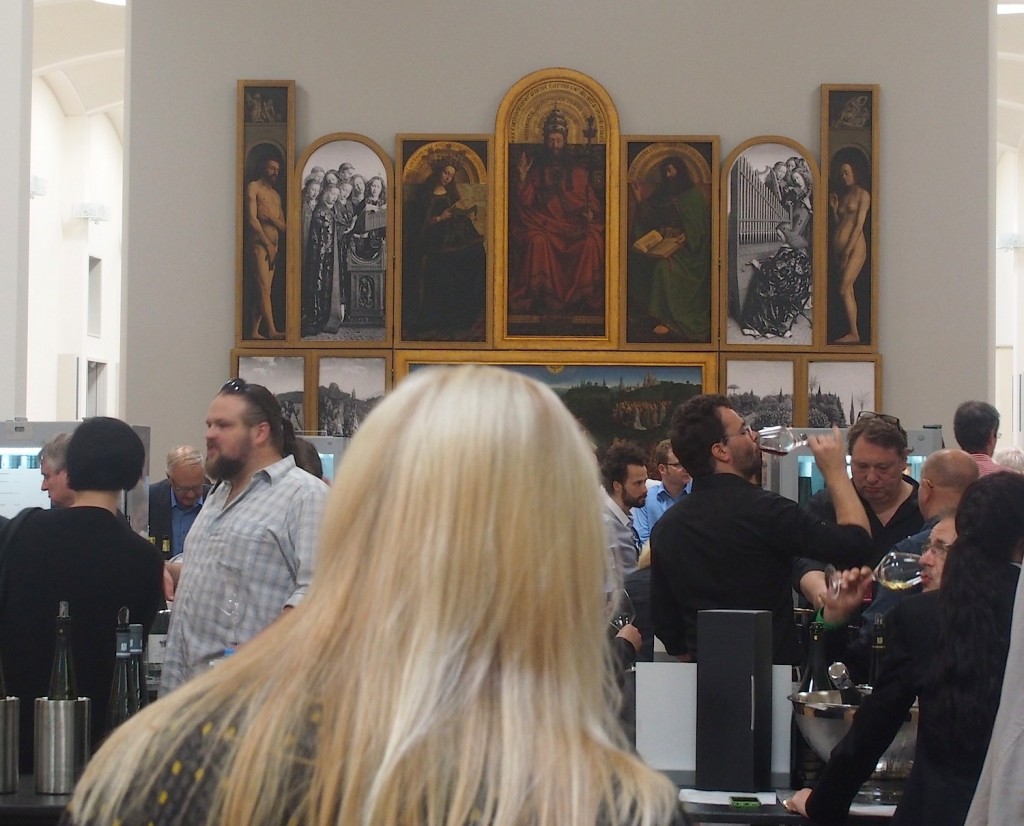It’s quite a strange, almost a spooky, feeling to look back from bustling New York Wine City at all the intense of the 2013 Riesling “Große Gewächse” (GGs) during my recent stay in Germany. You see, this category of high-end dry single-vineyard wines (mostly the whites are Riesling, but there’s a significant number of Weißburgunder/Pinot Blanc and Grauburgunder/Pinot Gris too) which exists in its present form since the VDP winemakers association chose that name for the 2002 vintage, which means that it’s new. However, I have the strong impression that many of the members not only seek increased international recognition and higher prices for their GG wines, they also want to carve them in stone, that is give them the same kind of aura of timelessness holiness as the Grand Crus of Burgundy have. The problem is that the Riesling GGs of the 2013 vintage are a crapshoot.
Straight away, I have to point out what I mean by that C-word. You see the problem with many of the 2013 GGs is not that they are lacking in mineral character – the thing which is supposed to make them stand head and shoulders above other wines – rather what they’re often lacking is the kind of harmony that means you want to drink them, or better still be swept off your feet by them. The former of those things is too seldom present; the latter really rare. And I promise you this lack was not difficult to spot, and isn’t the result of me misanthropically looking for something to criticize.
Already at the official press and somm only ‘GG Premiere’ in Wiesbaden on August 25th and 26th (just days before the wines hit the marketplace on September 1st) it stuck out like dog balls, at least for anyone who can think about wine as a beverage and doest need to turn it into a religion. More than a hundred tasters sat in serried ranks – an army of international judges! – at one of the best organized professional tastings I’ve ever been to. Our collective task seemed to be to test the wines for authenticity, that is terroir (today by far the most important word in the German wine vocabulary), then put a rubber stamp on those wines that gave us that spiritual experience. The problem was that often anything which could have made the wines appealing, charming or elegant (all traditional qualities for German wines!) had been sacrificed on the altar of puristic minerality. The follow-up presentation of the 2013 white GGs and the 2012 red GGs in Berlin, September 8th in the Gemäldegalerie (see the photo below) only confirmed this impression.
Here is the most important paragraph from my German language report on the Wiesbaden tasting from this blog (see WEINHIER for the full German language text), translated sentence by sentence:
Lass mich es ganz klar sagen: Wein kann Spaß machen und Freude bereiten. Wein kann die Tür öffnen zu den beste Sachen des Lebens wie lebhafte Gespräche und Inspiration, oder einfach zusammen lachen, lieben, weinen und noch sehr viel mehr.
Let me say it clearly: Wine can give pleasure and delight. It can open the door to the best things in life, like animated conversation and inspiration, or just help us laugh, love, cry and much else besides.
Die deutsche Literatur, Kunst und Film hat das häufig als Hauptthema oder Nebenthema und ist damit nicht alleine auf der Welt. Leider hat ein Teil der deutsche Weinszene das aber über Bord geworfen und ein noch größere Teil hat es halb über Bord rutschen lassen.
German literature, art and film often has this as its main theme or as a secondary subject, and it is far from being alone in that. However, a certain part of the German wine scene has thrown that overboard, and a much great part of the wine scene has let all of this slip half overboard.
Für sie reicht nicht mehr ein gute Geschmack der viele kritische Konsumenten erfreut, sondern die heilige Authentizität scheint das immer zu trumpfen und notfalls – wie mit dem Jahrgang 2013 – muss auch ein schlechte Geschmack dafür im Kauf genommen werden um es sicher zu stellen.
For them it’s not enough that wine has a good taste that pleases many critical consumers, rather Holy Authenticity always trumps it, and if necessary – as is the case with the 2013 vintage – it’s necessary to put up with a nasty taste in order to guarantee that purity.
Für manche 2013 GGs muss man richtig leiden, weil der Neue Deutsche Wein hardcore ist.
For some 2013 Riesling GGs you really have to suffer, because the New German Wine is hardcore.
This situation requires more detailed comment than I can give here without this story extending to a length that would bore many of you. I will therefore return to it during the next days, but one thing needs to be explained here. Why does all this strike me so clearly? Well, I think it’s the result of my time at high school in London during the 1970s, when my parents and most of my teachers continually browbeat me to try harder. I did so again and again, establishing a pattern that influences the way I work to this day. Sometimes this compulsive striving makes me get in my own way horribly, and I wonder if something similar isn’t happening to many of Germany’s winegrowers. They strike me as being too desperate to achieve the status that their colleagues other countries, most notably France, have (and sometimes take for granted in a horribly arrogant manner). I strongly recommend them to think regularly and often about how delicious Riesling can be, and to strive for that in their wines. Should this fail, therapy may help them as it did me




![120114_riesling_global_RZ [1600x1200]](http://www.stuartpigott.de/wp-content/uploads/2014/09/120114_riesling_global_RZ-1600x12001.jpg)